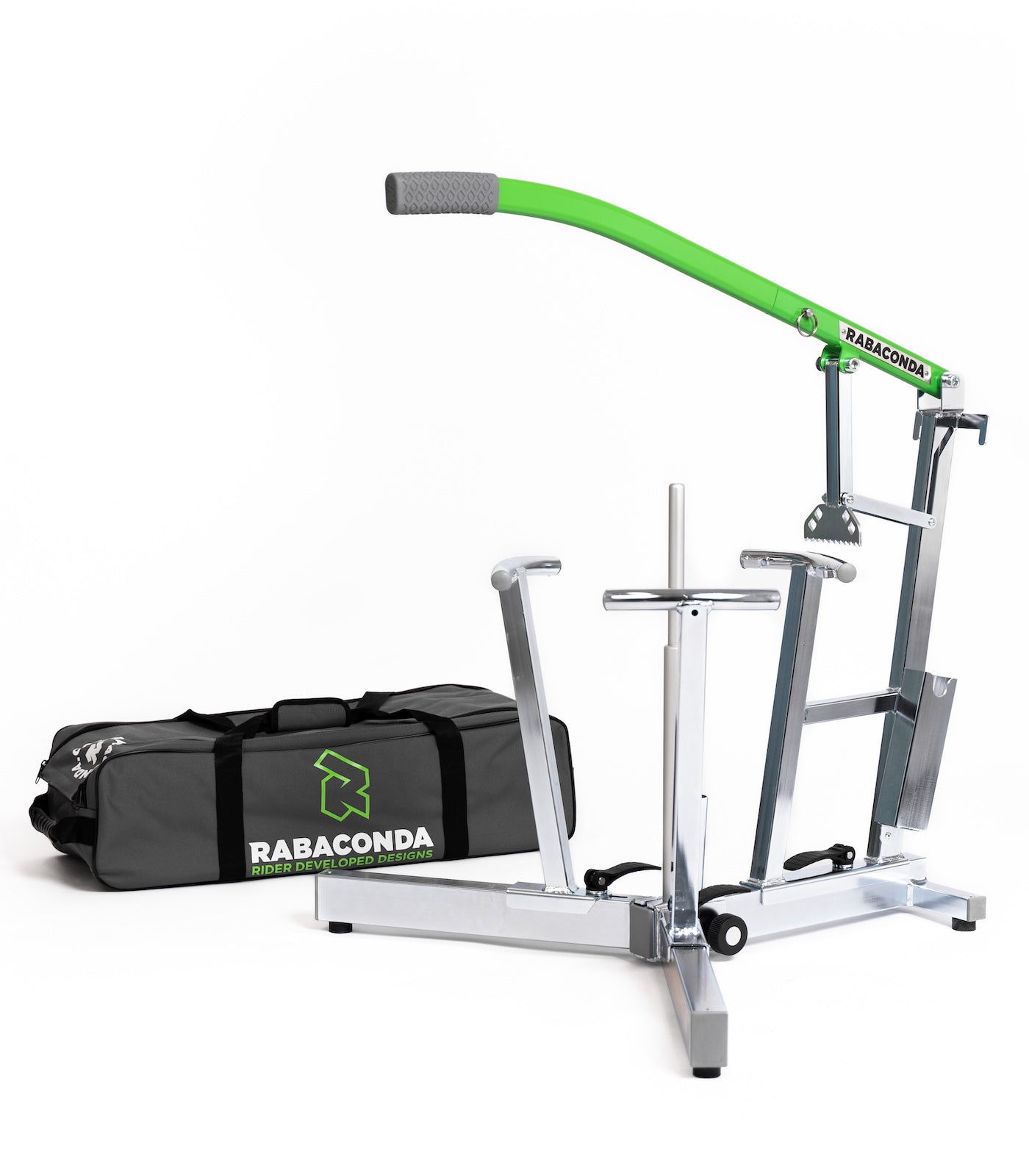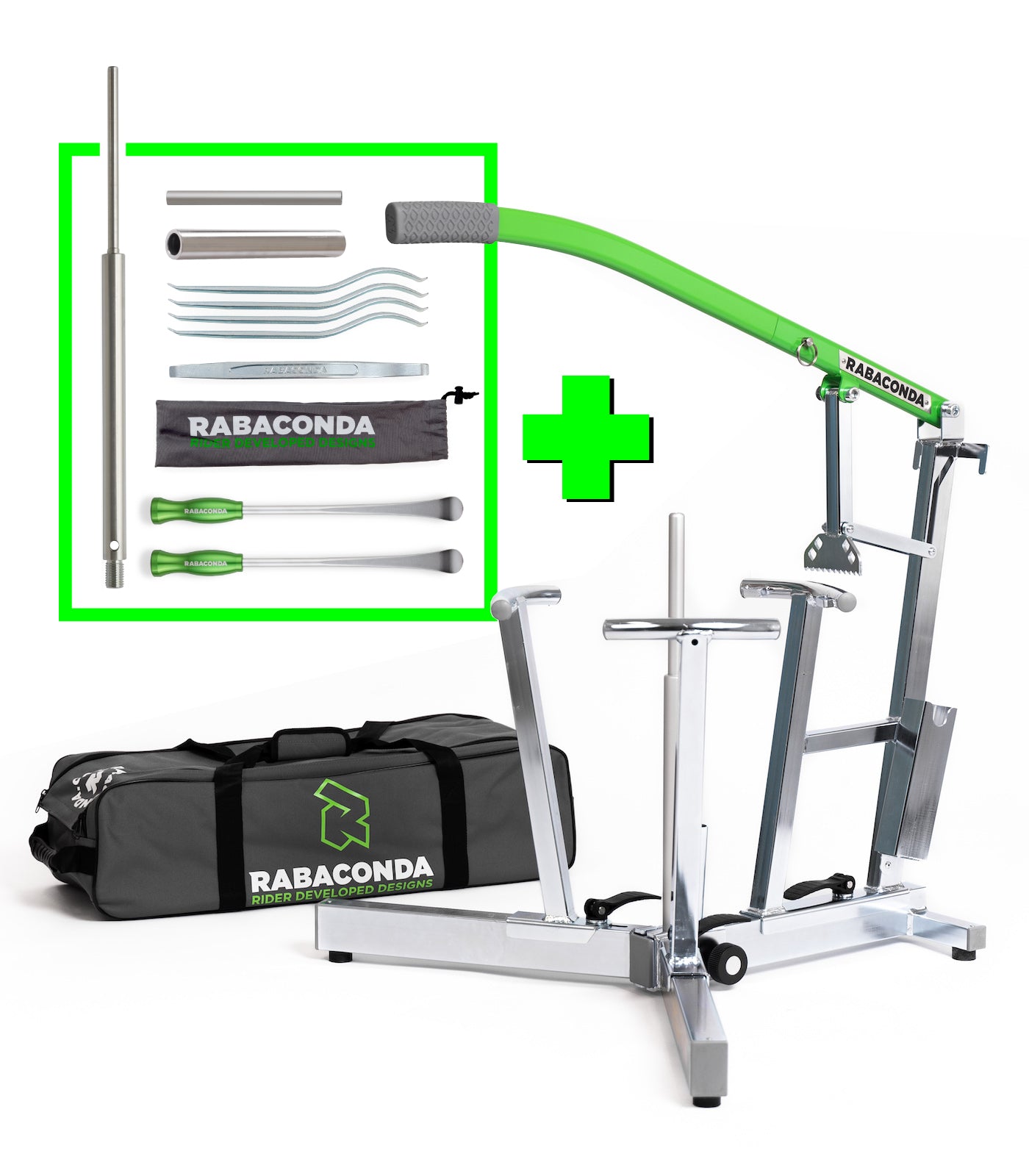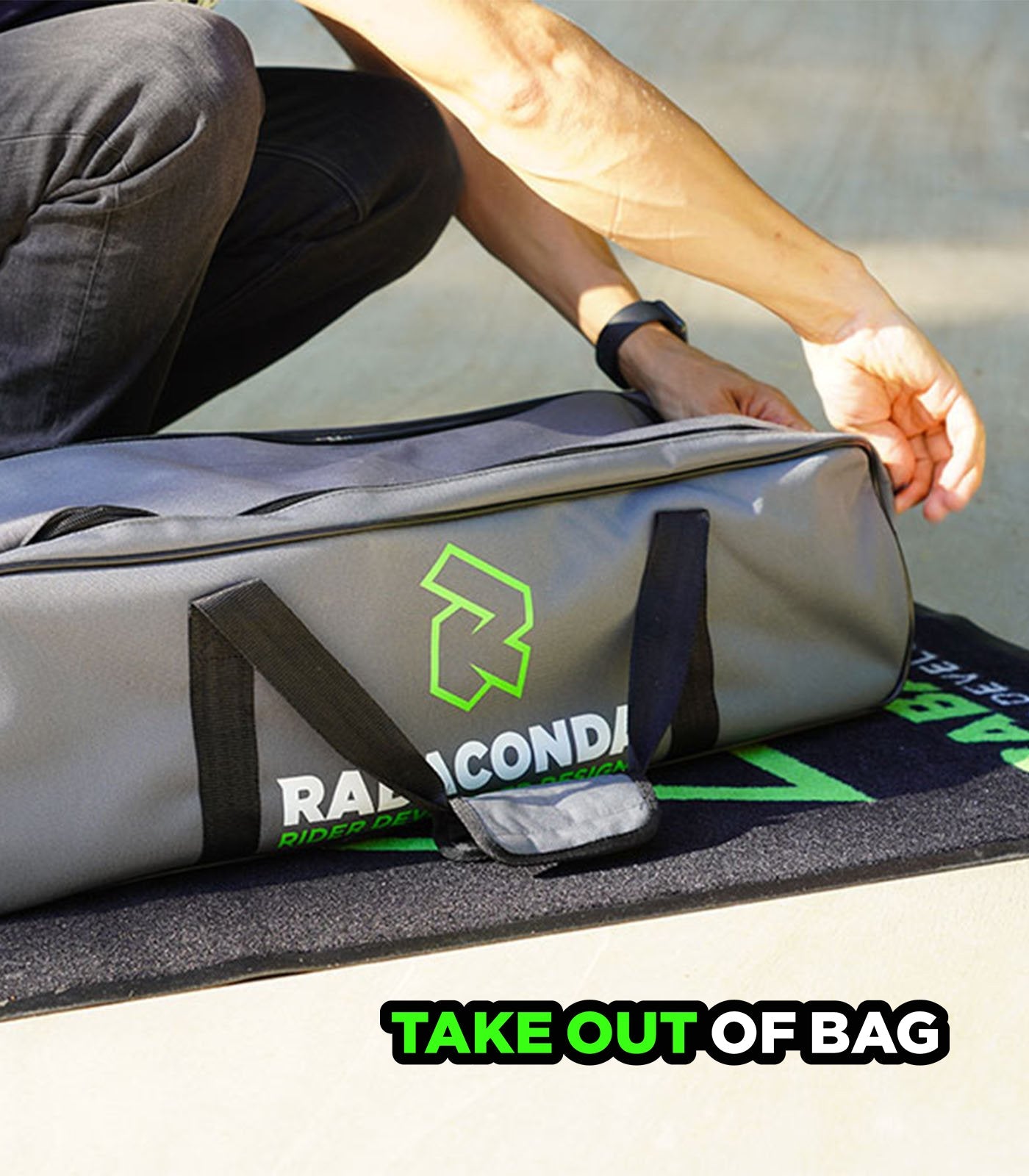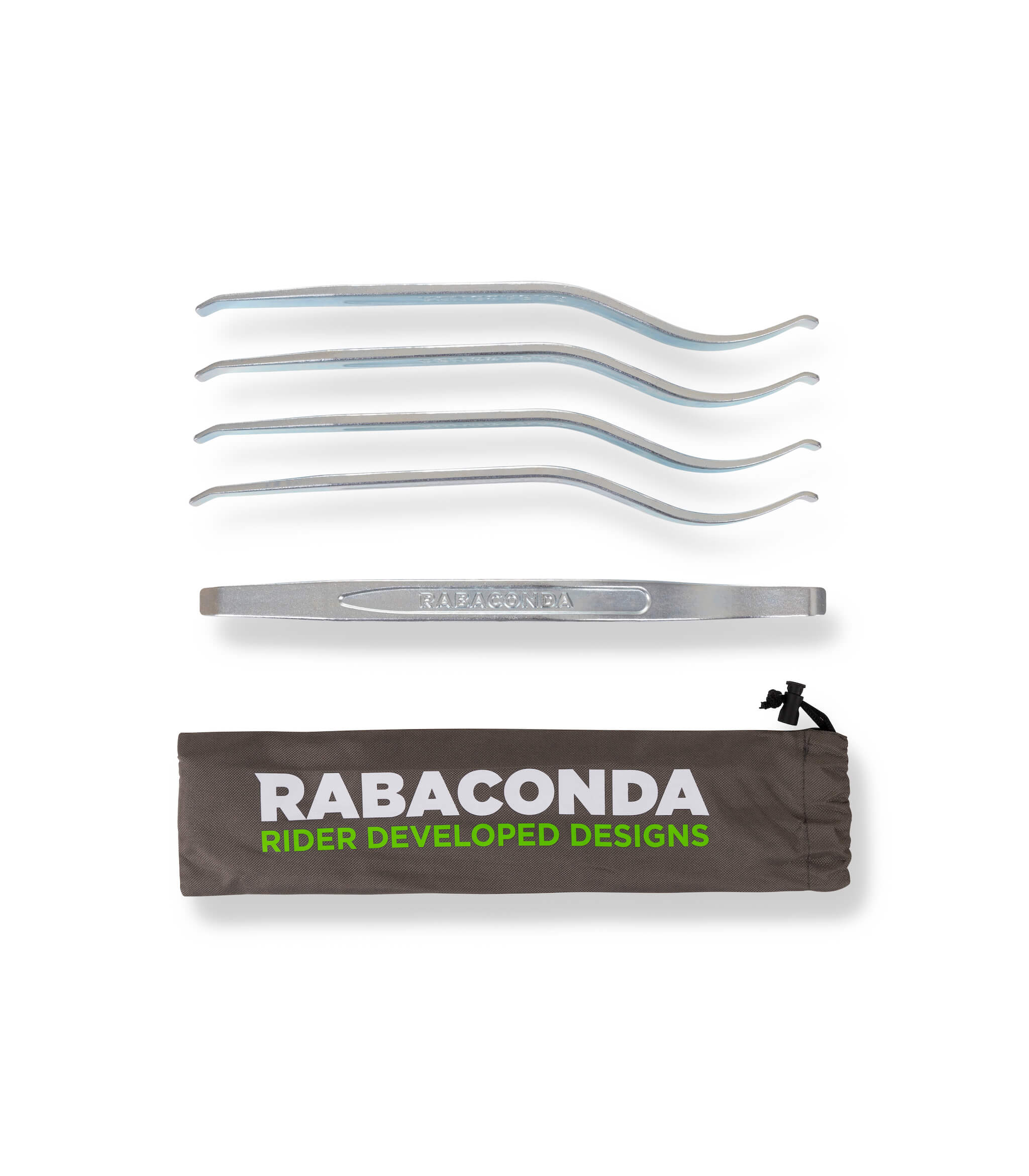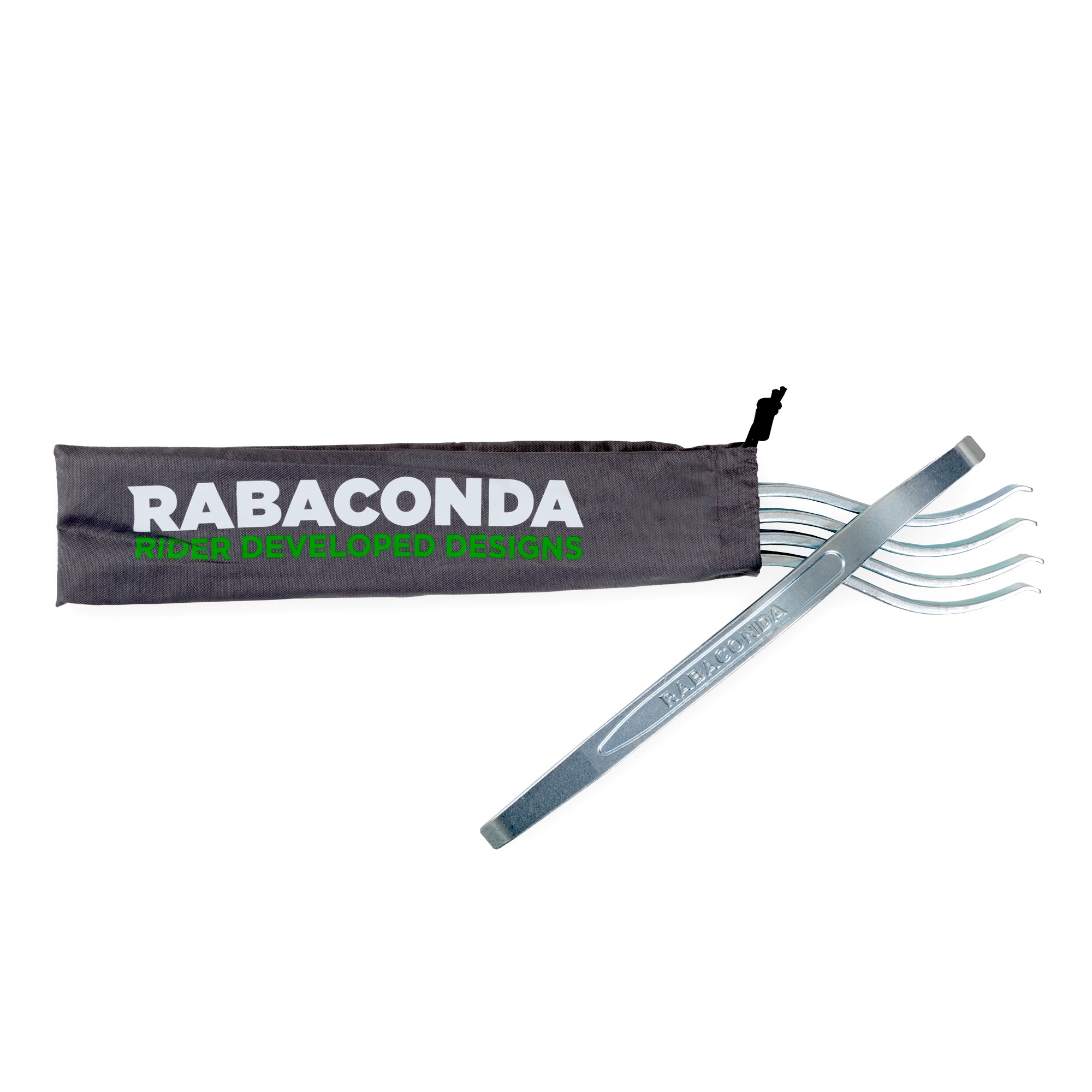Tubed vs Tubeless Motorcycle Tires - Differences and Advantages
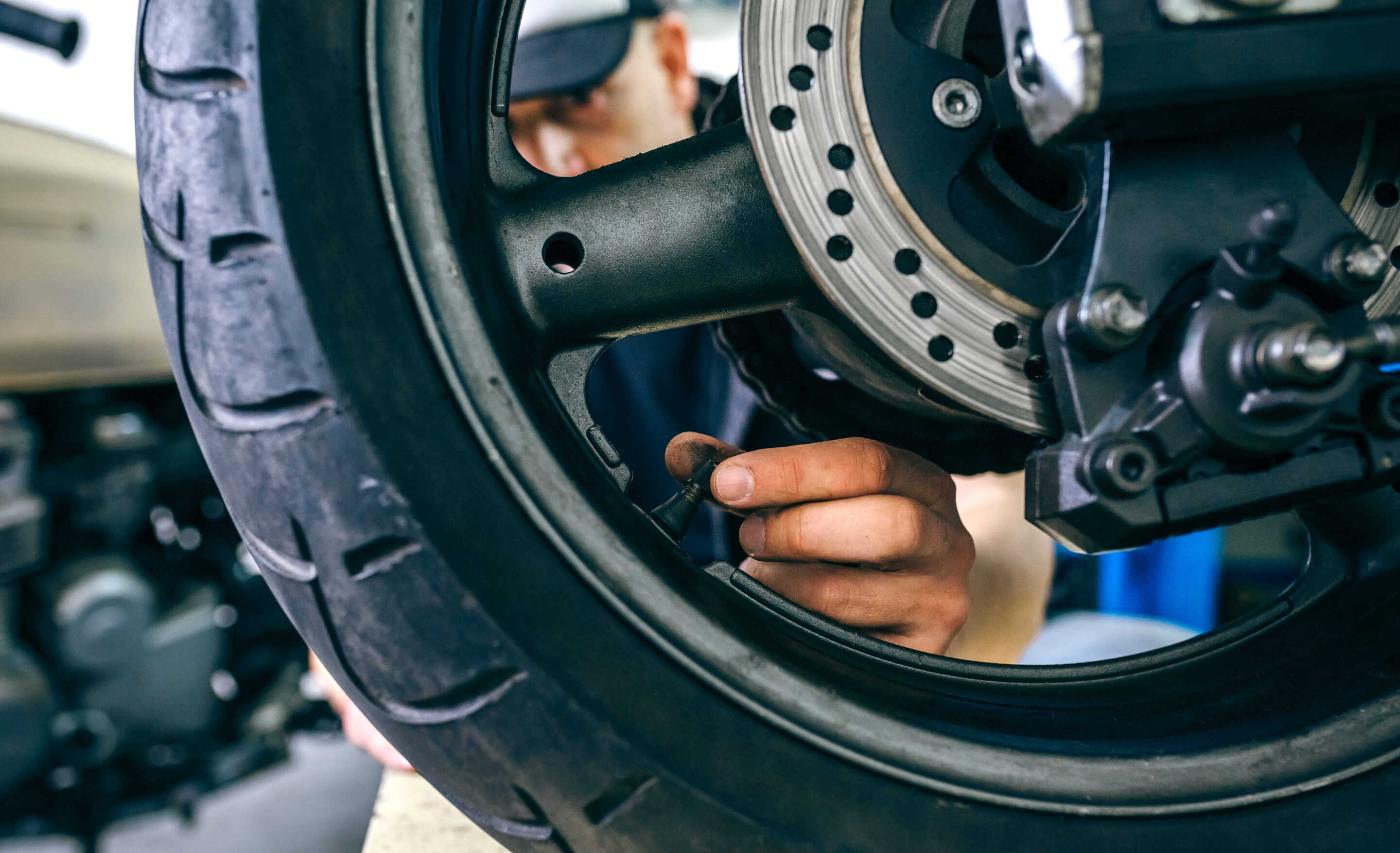
What’s the difference between tubed vs tubeless motorcycle tires, and which one should you go for? Is it possible to put a tube in a tubeless tire, or, conversely, change a tubed tire into a tubeless one? Figuring out which tire type is best for you can be confusing, especially as there are so many different options out there.
To help you out, we’ll cover the pros and cons of tubed vs tubeless motorcycle tires, look at the advantages of going tubeless, and talk about swapping tubed to tubeless as well as tire-changing options.
Tubed Motorcycle Tires
Tubed motorcycle tires have been around for ages, and while cars have long abandoned tubes, many motorcycles still run them. The reason for this is spokes. Spokes make it challenging to air seal the space between the rim and the tire, and that’s where the tube comes in: it holds the air between the rim and the tire.

Essentially, a tubed motorcycle tire has two components: a tough and sturdy tire and a soft inner tube to hold the air and give the tire its shape. The stem valve is attached to the tube itself, and where tubed motorcycles truly shine is off-road performance. Tubed tires are mostly used for enduro, motocross, dirt, and most adventure and dual-sport motorcycles. This is because spoked wheels absorb the shocks of rough terrain, jumps, rocks, and drops better than cast wheels.
However, some motorcycle wheels are now made with spokes attached to the side of the rim (so-called cross-spoked rims) rather than laced in, which makes it possible to have the wheel airtight. Lots of adventure bikes come with airtight spoke nipple seals; in other words, it’s possible to run tubeless tires with modern spoked-wheel bikes - but tubed tires have their advantages. Largely, however, motorcycles with spoked wheels will need to be run with tubes – and there are advantages and disadvantages that come with it.
Types of Tubed Tires
There are two types of tubed motorcycle tires now: those with traditional tubes and those with mousses. Traditional tubes come in different thicknesses: 1.5mm, 2mm, 3mm and 4mm, and the type of tube you’ll need depends on the kind of riding you do. For road bikes, heavy-duty tubes aren’t necessary as punctures on the tarmac are a rare occurrence, and running heavy tubes at high speeds might overheat them. For off-road riding, especially on rougher terrain, heavy-duty or ultra-heavy-duty tubes are better for increased puncture resistance.

Then, you have bib mousse inserts. Mousses are solid-core foam inserts, and they’re designed for motocross, enduro and rally racing. It’s near impossible to have a flat mousse as the foam retains its shape when it's punctured, which is why mousses such as Nuetech's "Nitromousse" are increasingly popular among off-road and even adventure riders. The only downside of a mousse is that you can’t run them at high speeds, which makes them overheat.
Pros and Cons of Tubed Motorcycle Tires
When it comes to a tube tire vs tubeless, the main advantage is durability and resilience off-road. This, once again, comes down to spoked wheels that can take severe abuse on hard terrain, as well as withstand jumps, jolts, log-hopping, and all the other rough stuff off-road riders tend to do on their bikes.
The main drawback of tubed tires is the punctures. Once you’ve got a flat, you need to remove the tire, take out the tube, and patch it or replace it if it’s badly torn. When you’re out on the trails facing scorching midday sun and no shade to hide under, this isn’t exactly fun. Additionally, tubed motorcycle tires tend to be heavier and have a shorter lifespan.
That being said, most off-road riders will still prefer the tubed tire or experiment with mousses, especially in a competition setting or on longer trips.
Tubeless motorcycle tires
Tubeless motorcycle tires have become increasingly popular for years now due to more and more motorcycles being made with cast wheels. A cast wheel can be made airtight, eliminating the need for a tube altogether. Unlike with tubes, the stem valve is not part of the tire but rather, attached to the rim, which means the space between the wheel and tire can be sealed perfectly.

Tubeless motorcycle tires are thicker to withstand punctures, and if the tire catches a nail, the material seals itself along the object to keep the tire airtight.
Pros and Cons of Tubeless Tires
Tubeless tires last longer and are significantly less prone to punctures. Unless the puncture is in the sidewall, all you need to do is plug the puncture using a simple plug kit instead of removing the wheel and the tire to repair it. What’s more, if you have a small puncture on a tubeless tire, it will lose air gradually – which is a lot less dangerous than getting a sudden flat tire when you’re traveling at speeds.
Tubeless tires also run cooler, which prolongs their lifespan, and are typically lighter than tubed tires.
Are tubeless tires better?
In many ways, yes, especially if you own a road or adventure bike with cast wheels. For long-distance touring, long hauls, and adventure riding, tubeless motorcycle tires work great. For off-road use and abuse, however, you may want to stick with tubed tires.
FAQ: Tubed vs Tubeless motorcycle tires
Can you put tubeless tires on a tubed motorcycle? Are spoke nipples tight, and how to make them airtight?
The question isn’t quite whether you can put a tubeless tire on a tubed motorcycle, but rather whether you should. It is possible, but a tubeless tire will not work on spoked wheels unless you modify the wheels to make them airtight; even then, it probably won’t be ideal as keeping that air seal, well, sealed with traditional spokes is a constant battle. You can make spoked wheels airtight by sealing them with rubber, for example, but chances are, it won’t hold for long and cause problems in the long run. Additionally, the tubeless tire may not bead correctly on a rim that’s made for tubed tires.
Can you put tubed tires on a tubeless motorcycle?
Yes, it’s possible to put tubed tires on a tubeless motorcycle: All you’ll need to do is pull out the valve from the rim and put the air tube valve through the same hole. One thing to watch out for is your speed: putting a tube into a tubeless tire will create extra friction and heat, so you won’t be able to use your tubeless tire to the same speed and loading specs.

Can you make tubeless tires air tubed?
Yes, it can be done, and off-road riders do this quite often. Make sure it’s done properly, however, or it may be unsafe to use.
When is it better to have tubeless and vice versa, when is it better to use air tubes?
Tubeless tires are better for road riding, long distances and road riding at higher speeds. They can also be great on adventure motorcycles that have cast wheels – the ease of puncture repair comes in handy when you’re doing light off-road riding. However, tubed motorcycle tires are better for heavy off-road use, cross-country racing, rally, motocross, enduro racing and hard enduro riding.

Can you put tubeless tires on any rim motorcycle?
You can only put tubeless tires on a rim that’s designed for tubeless.
Are tubeless tires better?
Looking at the pros and cons of tubed vs tubeless motorcycle tires, the tubeless tire is more durable and less prone to punctures whereas tubed tires are more resilient in off-road riding. Tubeless tires are better for riding on road, high speeds, and adventure riding. For serious off-road abuse, tubed tires (either air tube or mousse) are a better choice.
How to change a tubed flat tire?
Changing a tubed flat tire requires you to remove the wheel, take the tire off, and patch the tube or, if it’s badly damaged or torn, replace it altogether. Here’s an explainer video on changing a tubed tire:
How to change a tubeless motorcycle tire?
Changing a tubeless motorcycle tire requires deflating the tire, breaking the bead, and removing the tire from the rim. Here is a handy video tutorial on changing tubeless tires:
How often do motorcycle tires need to be replaced?
Depending on the type of bike you have and the kind of riding you do, motorcycle tires are safe to be replaced after every 5,000 miles. However, for dirt bikes, the lifespan of a tire may be much shorter. Read our detailed guide on when to change a motorcycle tire to find out more.
In addition, changing motorcycle tires – tubed or tubeless – is a much easier job when you have the right tools. If you plan to do your own tire changes on a dirt or an adventure bike, be sure to check out the Rabaconda Dirt & Dual Sport Kit. This tool allows you to easily change tires on your own, with no prior mechanical skills required!
On the other hand, if you own a motorcycle with tubeless tires, the Street Bike Tire Changer is the ideal solution for you. Specifically designed for cast wheels (although it works on spoked ones, too), the Street Bike Tire Changer can make both tubeless and also air-tubed tire changes quick and effortless.
Looking for a way to change tubed or tubeless motorcycle tires on your own? Browse all Rabaconda tire changers and select the one that fits your needs best.

